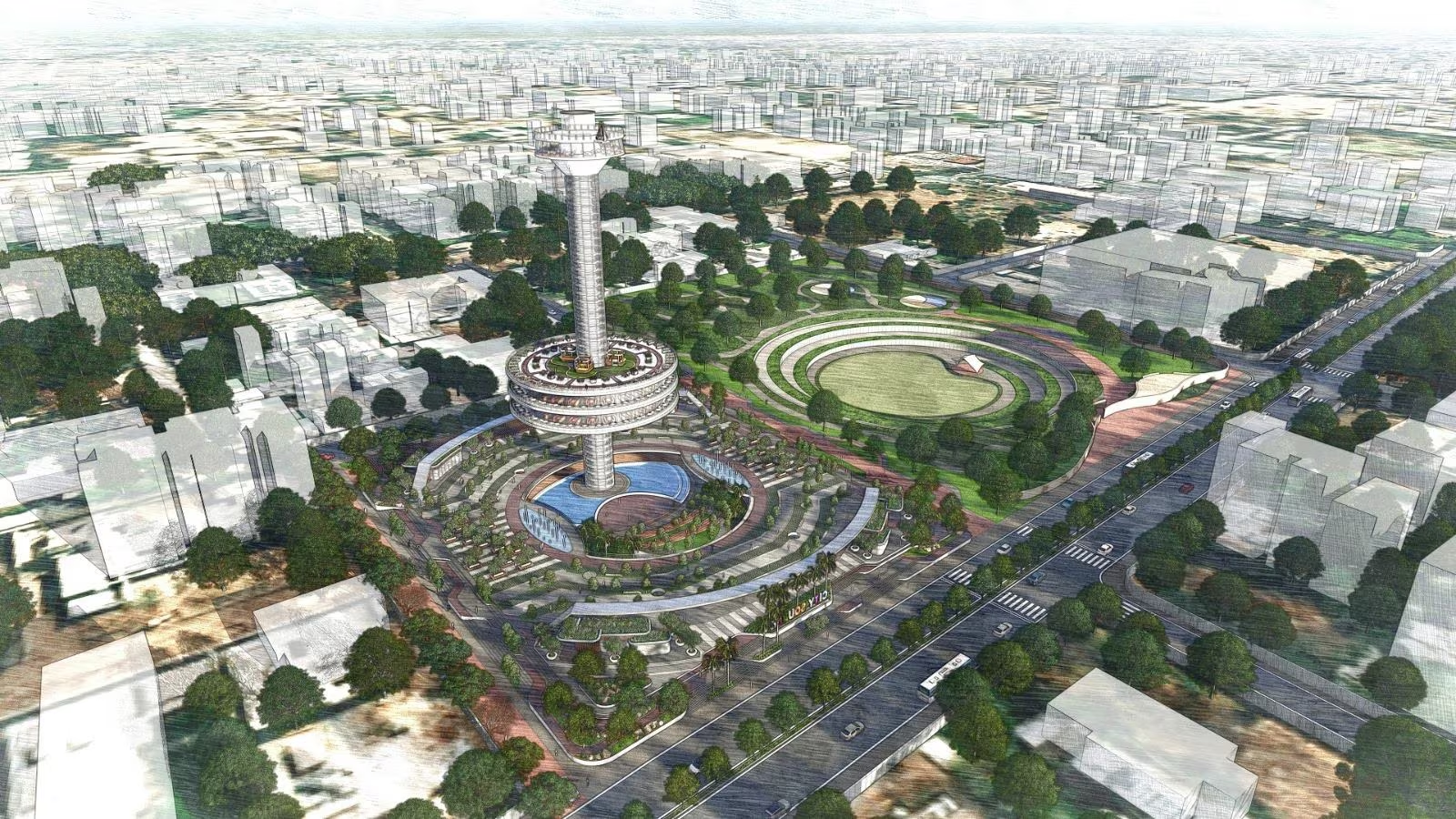AMC Plans Revamp of City Flyovers into Sports and Green Zones
In a progressive urban development initiative, the Ahmedabad Municipal Corporation (AMC) has approved a ₹37.62 crore project that will convert the space beneath eight prominent flyovers into vibrant community hubs. This innovative move aims to alleviate the issue of underutilised urban space while enhancing the city’s liveability. The project promises to create multifunctional sports centres, green parks, and recreational spaces, offering something for everyone—from children and senior citizens to active sports enthusiasts.
The areas below the flyovers, typically considered eyesores and wastelands, will be transformed into landscaped gardens, sports facilities, and community hubs, as per the proposal approved by AMC’s Road and Building Committee. The redevelopment plans include children’s play areas, box cricket facilities, senior citizen parks, and theme-based sculptures that will not only beautify the underbelly of these flyovers but also create a space for community interaction. Moreover, essential amenities like food stalls, decorative flooring, and lighting will be incorporated, creating a holistic environment for residents to enjoy and engage in outdoor activities.
Scheduled for completion in 18 months, the revitalisation project covers key locations in the city including the Dinesh Chamber Flyover, Rajendra Park Flyover, Ghodasar Flyover, Anjali Flyover, Shahibag Railway Overbridge, Guruji Railway Overbridge, Gujarat College Flyover, and the area near Palladium Mall and Kargil Junction. These flyovers are located in busy, dense urban areas where land is limited, making it crucial to make effective use of existing infrastructure. The successful completion of this project will be a significant step towards tackling the growing demand for urban recreational spaces and enhancing the quality of life for city dwellers.
From a sustainability perspective, this initiative contributes significantly to the concept of urban renewal. By converting neglected urban infrastructure into sustainable green spaces, the project supports the city’s efforts to tackle environmental challenges and promote eco-friendly development. With rising urbanisation and the increasing stress on public amenities, the introduction of sports centres and parks beneath flyovers will help reduce the city’s carbon footprint. Additionally, these spaces will offer vital green lungs to the densely populated areas, providing residents with more opportunities for outdoor activities and promoting physical health in the community. This aligns with global sustainability trends, which emphasise the importance of making cities more liveable and resilient.
On a socio-economic front, this project has the potential to greatly enhance community cohesion. By introducing recreational spaces for diverse demographics, it encourages inclusivity and fosters a stronger sense of community ownership. Children can play in safe environments, while senior citizens will have designated spaces for relaxation and socialisation. Furthermore, the addition of sports facilities like box cricket courts and play zones will promote physical fitness, providing an alternative to the sedentary lifestyle that increasingly characterises urban living. These improvements come at a critical time when urban areas are struggling to keep pace with the recreational needs of their citizens, and could provide a much-needed respite for the city’s population.
In conclusion, AMC’s decision to revamp the space beneath these eight flyovers into multifunctional recreational areas is a forward-thinking urban development project. It addresses the city’s growing demand for public spaces while simultaneously contributing to environmental sustainability. If executed successfully, it could serve as a model for other cities across India grappling with similar urban space constraints, and highlight the potential of utilising existing infrastructure for the greater good of the community. This is a prime example of how a thoughtful integration of nature and urban planning can create sustainable and enriching environments for future generations.




